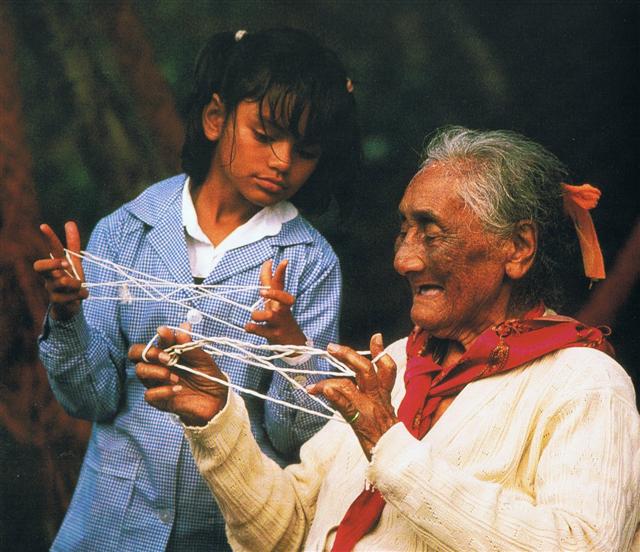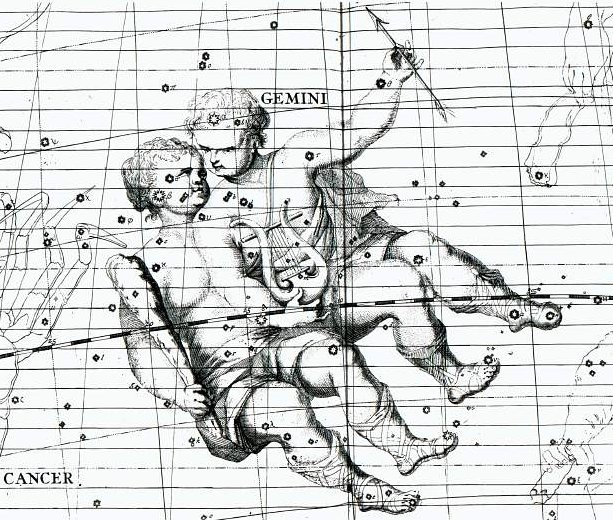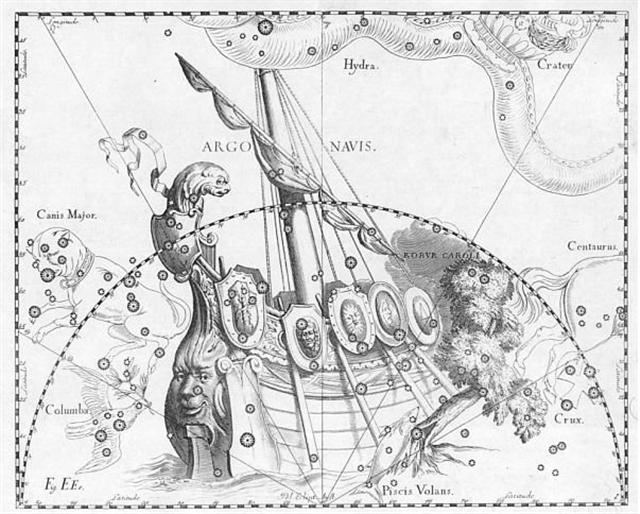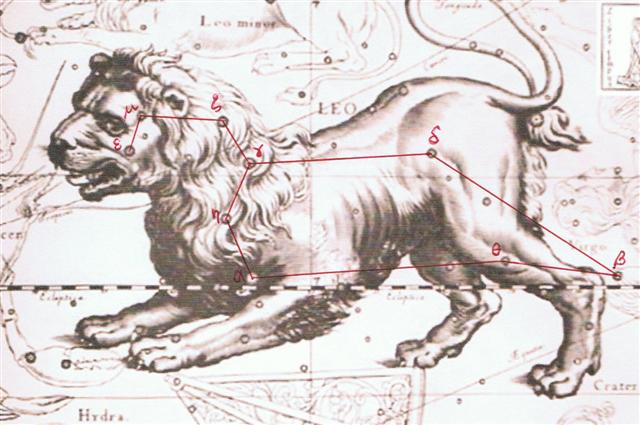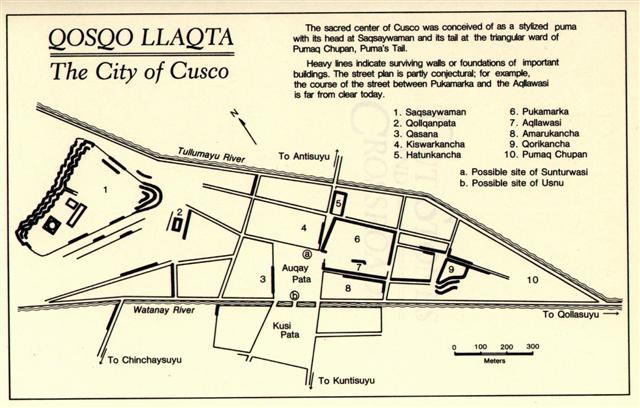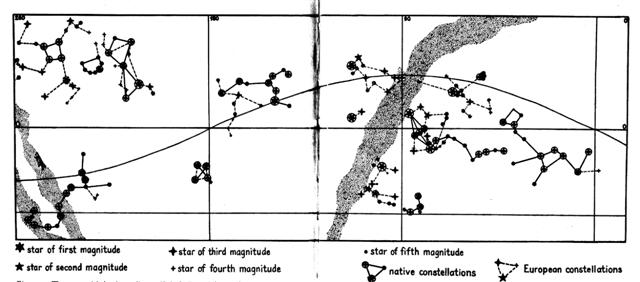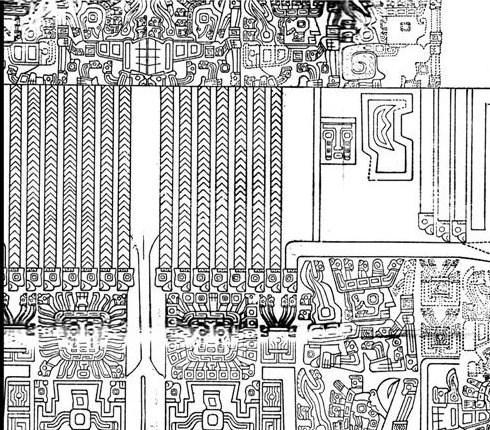In China they went straight across from their 3 dark days in early Apríl (with only cold food served) to the winter solstice without so much as the blink of an eye: ... In China, every year about the beginning of April, certain officials called Sz'hüen used of old to go about the country armed with wooden clappers. Their business was to summon the people and command them to put out every fire. This was the beginning of the season called Han-shih-tsieh, or 'eating of cold food'. For three days all household fires remained extinct as a preparation for the solemn renewal of the fire, which took place on the fifth or sixth day after the winter solstice. The ceremony was performed with great pomp by the same officials who procured the new fire from heaven by reflecting the sun's rays either from a metal mirror or from a crystal on dry moss. Fire thus obtained is called by the Chinese heavenly fire and its use is enjoined in sacrifices: whereas fire elicited by the friction of wood is termed by them earthly fire, and its use is prescribed for cooking and other domestic purposes ... We can compare with Sahagun: ... When it was evident that the years lay ready to burst into life, everyone took hold of them, so that once more would start forth - once again - another (period of) fifty-two years. Then (the two cycles) might proceed to reach one hundred and four years. It was called 'One Age' when twice they had made the round, when twice the times of binding the years had come together. Behold what was done when the years were bound - when was reached the time when they were to draw the new fire, when now its count was accomplished. First they put out fires everywhere in the country round. And the statues, hewn in either wood or stone, kept in each man's home and regarded as gods, were all cast into the water. Also (were) these (cast away) - the pestles and the (three) hearth stones (upon which the cooking pots rested); and everywhere there was much sweeping - there was sweeping very clear. Rubbish was thrown out; none lay in any of the houses ... 2 * 52 = 104 and day 104 in our Gregorian calendar corresponded to April 14 (4-14 as in the cardinal point of Bharani, *41.4).
Number 104 was also mentioned in the tresses on the back side of Pacha Mama:
... he gathered all the coconut husks of his land and rolled the fibre, and he plaited it into ropes of very great strength. But these ropes also were of no use, for the sun-god made them frizzle up. Therefore Maui took the sacred tresses of his sister Hina, he cut off lengths of Hina's hair and plaited it, to make a rope whose mana could not be destroyed by Ra. He took that noose of Hina's hair, he travelled eastward to the border of the sea; he placed his ropes around the pit from which the sun rises, waited there, he waited for the dawn. Then Ra came up, he came up from the spirit-world which lies in the east. Maui pulled the cord, he caught the sun-god by the throat! Ra struggled, kicked, he screamed against the sky. 'Then will you go more slowly if I turn you loose?' The sun then promised Maui, 'Let me go, and I will move more slowly, I will make longer days for your fishing'. Since that time, men have had longer days in which to go about their work ... ... string games could be resumed after it was clear that the Sun had managed to leave the horizon and was rapidly gaining in altitude: 'Before the sun starts to leave the horizon ... when it shows only on the horizon, ... then string games were no longer allowed as they might lacerate the sun. Once the sun had started to go higher and could be seen in its entirety, string games could be resumed, if one so wished. So the restriction on playing string games was only applicable during the period between the sun's return and its rising fully above the horizon ...
If the Sun was suddenly had been forced to walk slowly - as at a solstice - then 104 was a significant number referring to a point in time when the quickly flying days after the equinox were brought to an abrupt halt. In autumn the Sun had left and allowed the stars to come out and shine, and then perhaps 68 days had to be added, corresponding to the time of the Bull when Maui and Hina were close and as one. 104 + 183 + 68 = 355 (December solstice).
In rongorongo times this close quadruped could be seen in the tail of Argo Navis, where the Rudder of Pollux was complemented by the Lyre of Castor (who once upon a time had been shining in the west as Mash-mashu-Mahrū):
On side a of the G tablet there is a fish type of manu kake ('climbing bird') as glyph 104, in the day preceding that when the Sun reached the mane (Al Subrah) of the Lion and the pair Zosma and Coxa would mark the place where dry became wet:
... God created Eve from one of Adam's ribs and therefore I have dared to translate the female (β) star Al Sharas with The Rib. Although according to Allen this star was among a plural: '... β ... was one of Al Tizini's Al Sharāsīf, the Ribs, - i.e. of the Hydra, - and the first of the set.' Adam had, as I remember it, another wife before Eve, viz. Lilith ... In the center of the tresses of Pacha Mama there is a vertical 'stick' (a broken arrow) and this Tree could have separated Eve from Adam:
... the bird [Raven], being sent with a cup for water, loitered at a fig-tree till the fruit became ripe, and then returned to the god with a water-snake in his claws and a lie in his mouth, alleging the snake to have been the cause of the delay. In punishment he was forever fixed in the sky with the Cup and the Snake; and, we may infer, doomed to everlasting thirst by the guardianship of the Hydra over the Cup and its contents. From all this came other poetical names for our Corvus - Avis Ficarius, the Fig Bird; and Emansor, one who stays beyond his time; and a belief, in early folk-lore, that this alone among birds did not carry water to its young ...
|
||||||||||||||||||||||||||||||||||||||||||||||||||||||||||||||||||||||||||||||||||||||||||||||||||||||||||||||||||||||||||||||||||||||||||||||||||||||||||||||||||||||||||||||||||||||||||||

